Deren Siberica is a magnificent plant, reaching a height of 3 meters and belonging to the Kizylov family. Used to create landscape design, delimitation of summer cottages, creating improvised alleys. About Features, Growing Secrets and Types of Siberica Siberian Next.
Types and descriptions of Siberica White Siberian
There are more than 5 species of this exquisite plant:
- Derente Siberian Variagate, reaching 1.5 m in height and 2 m in diameter. One of the smallest in its form is distinguished by dark red shoots that purchase brightness in spring and autumn. The bush is spreaded, the sheets are dark green with white border. In the fall, the sheets are painted in a purple-purple shade, but the blessed border is saved. Description Derena Siberian Variagate should complete its endurance and dislike for direct sunlight.
- The dend of Siberica Elegantissima also has red branches, long leaves, shaped bright border. Flowers with cream flowers, frost-resistant and perfectly combined with other plants.
- Aurea variety boasts bright lemon leaves and snow-white berries. The variety prefers solar and privided sections. The bright color of the sheet is lost during growth in the shade, tolerates frost to -40c.
- White dend sleepe you will learn on spotted yellow-green leaves. In the cold season, the variety blush branches, blooms with white flowers, cream berries and ripen in September. In diameter reaches 3 m, loves loose and wet soils. Low trimming helps to give a nice pomp.
White Siberica Derete Landing
Choosing a place
The plant belongs to the hardy and winter-hardy, easily withstands even the most severe winter. It is planted either in a half, or in the availability of privided sun rays. Without the normal amount of light, the dend of Siberica also grows well, but the paints become less saturated.
Which soil plant?
Deren Siberian perfectly carries out in any soil, but most of all the plant in the soul is the wet land, equipped with high quality drainage. Before planting the soil, the humans are made into it. If the plant is discharged into dry soil, it is regularly mounted so that a sufficient amount of humus is in the upper layer.
How is the dend of Siberica breed?
Reproduction of the root division
The reproduction of the root division: from the maternal root is separated by fresh young piglets, the procedure is carried out in spring or autumn. The separated young man is immediately planted into the ground, because the plant is unpretentious and quickly attached.
Shining
Another way of reproduction is shilling. Experienced gardeners combine shutdown with trimming bushes, which traditionally spend in spring. You can also simply cut green, but slightly weathered stalks with a strong bush. The drawing is performed as follows:
- The top of the bush is trimmed, cut-off the cruculous cush is simply immersed in the soil.
- With windy weather, installed backups.
- Everything after 2-3 weeks the plant will take root.
Also, cuttings, cut in June, can be planted in a cold greenhouse. By mid-Autumn plant produces good root system, after which it is moved to a greenhouse or a warm cellar. In early spring, these plants are planted in open ground,
An unpopular way of seed breeding
Special attention should be landing from the seeds. This reproduction Derain less popular. Seeds not to buy, collected in autumn, sending them to spend the winter in the basement heat.
Store the seeds can be up to 3 years, and before the actual planting in the soil of their month gradually mixed with the soil. seeds are planted as follows:
- Soil is made of moss, fine wood dust, sand and peat, placing it in a cold room with a temperature of +4 C. For landing take 1 part seed to 3 parts soil.
- Seeds are planted in the soil in the fall or early spring, buried them no more than 5-6 cm.
- seed breeding downside is that the plant will show the first shoots of 1-2 years, and full growth will reach an additional 8 or even 9 years.
How to be planted dogwood Sibirica?
Pits prepared for planting in advance. For young plants the distance between the holes makes 70-100 cm, planning subsequent transplant. pit depth of 50 cm, when it comes to planting of cuttings or by dividing the bush.
After planting, the ground gently tamped, and then poured into a pre-made hole. When landing bury rhizome per well for 1-3 cm root collar, such prisypaya soil mix: 2 parts turf and compost and 1 part of peat and sand.
Pruning Derain Sibirica, video
Care Derain Sibirica
Fertilizing and fertilizers
As we have said, the plant is very unpretentious, so care for them too will not be difficult. Regularly in the soil need to make fertilizer from the fertilizer, it is done in the spring. The feeding contains all the nutrients that are required planted Derain Sibirica to recover from colds. You can use these fertilizers:
- Diammofoska which bring the spring or fall to 20 g / m2 1.
- Potassium phosphate, which contribute by 45g / 1m2.
- Superphosphate, which is mixed with organics in a proportion of 2: 1 respectively.
In the middle of the spring dogwood Sibirica fed organics introducing g of 5 kg peat or compost under each tree trunks bush. If fertilizers are made with organic, then the number of first cut in 2 times.
Mulching and watering
Mulching is carried out using peat or humus, which adds wood bouir or sins. Watering is carried out in arid hot weather, starting with young plants and ending with the old one. In total, 1 bush accounts for about 3-4 water per month.
If young shoots appeared in the spring, and the climate of your region is severe, then young people dig out, laid into a warm basement, where it is safely kept until the first warm days of the future season.
Diseases of the Siberica
Puffy dew, which attacks only the young man - the most dangerous disease for the deres. It should be noted that this disease attacks the young piglery, but adult plants are almost devoid of ailments.
Maturely dew, and they are attributed to fungi, it is easy to recognize on a white raid, which covers the leaves of the dend. The cause of its occurrence becomes a dry climate, overclivs of water and temperature differences. Rarely pulse dew appears due to excessive application in the soil of nitrogen-based fertilizers.
How to overcome tormentous dew?
To get rid of pulse dew use:
- The decoction of wild -smage, which is made of 100 g of raw materials and 1 l of water. The horsetail is poured with water, insist 24 hours, after this period, the infusion is boiling 4o minutes, constricted, diluted with water 1: 5 (1 decoction, 5 water). Spraying deresses produced within 5 days 2-3 times during the daytime.
- 2.5 g of mangartee need to dissolve in a bucket of water (10 liters), spray bushes for 2-3 times 5 days. The solution will not completely eliminate the fungus, but disinfects sheets, binding distribution.
Combining fungus can be observed a number of rules and tips:
- Space the dend so that the distance between the bushes was 2 m.
- Sleep the root system of plants in the spring-autumn to avoid the spread of bacteria.
- Watering - only under the root, watering on the sheet will cause the torment.
- If the disease is detected, carefully remove part of the affected bush, but do not use it for compost.
Pests
Also, the dend of Siberian suffers from pests: shield, wave, ants. To combat them, use insecticides:
- A accility is used for the shield: 1 ampoule is divorced in a liter of water. Plants are processed no more than 3 times with an interval of 2-4 days, depending on the lesion. Used 2 liters of solution / 10 square meters. m.
- Fosbecide is used to combat the shield. 20 ml of insecticide is dissolved in 10 liters of water, the processing is the same as accutelle.
- The failure is removed from the bushes with hands, also wash it with plenty of water. After washing, use preparations arrivo using 1% solution (1.5 ml per 10 liters of water). Spraying is carried out on plants and ways of the Tly approach.
- To get rid of ants use sweet bait made of sugar and honey. As practice shows, after removing the behavior, the percentage of ants is significantly reduced, because the plant no longer covers the sweet feast.
Let's sum up
Deren Siberica is a very lively plant, even with a full damage to pests, it rarely dies. Observe the recommendations, carefully take care of the shrub, and it will delight you for a very long time, decorating the site.

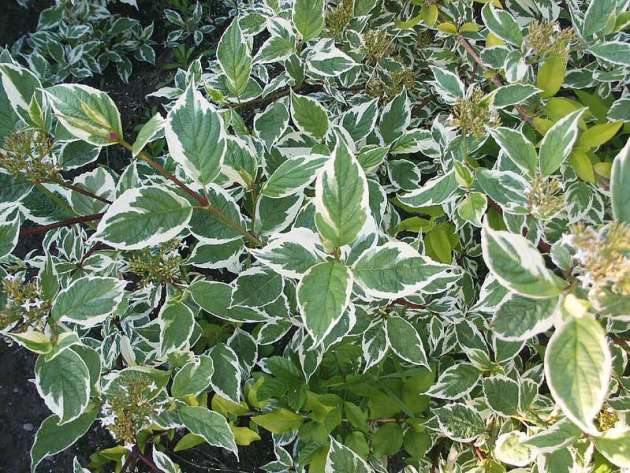
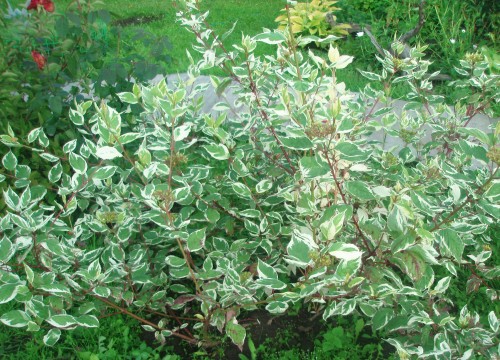
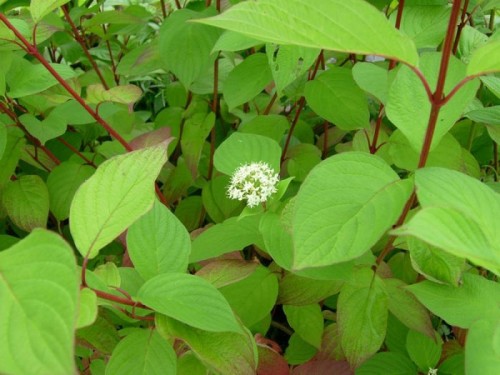
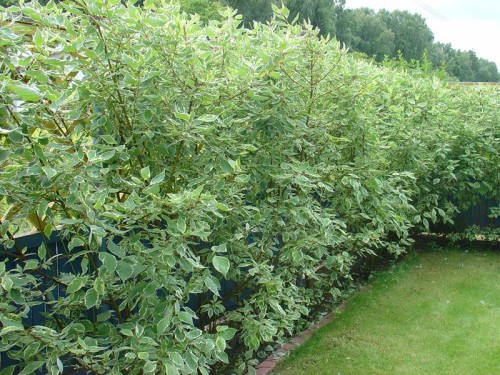
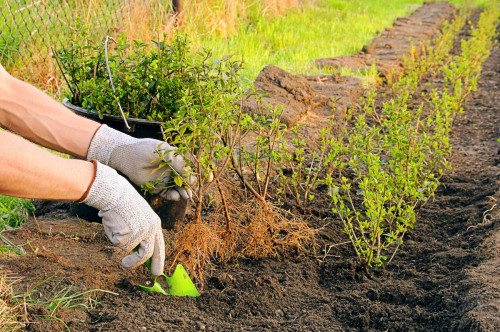
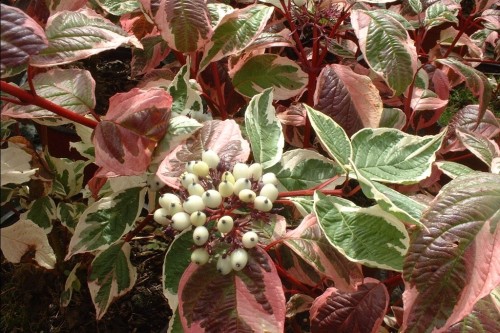
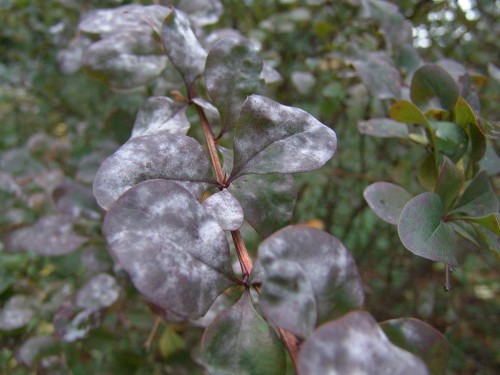

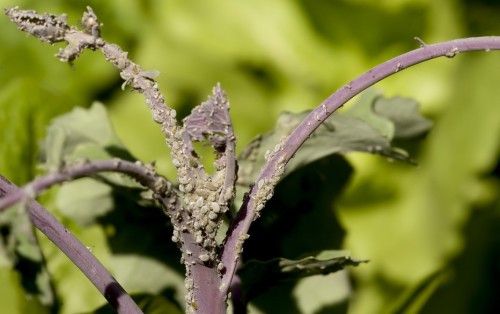
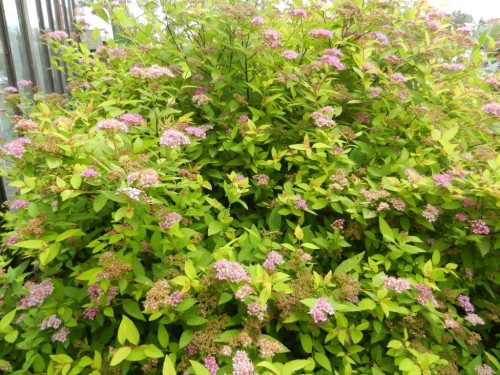
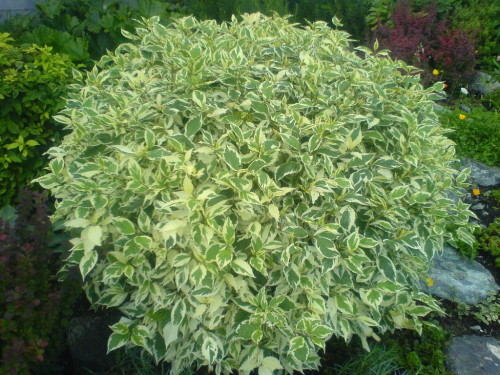
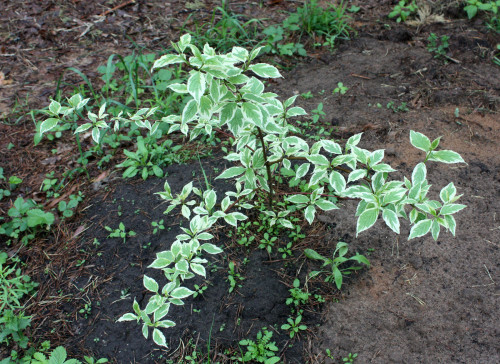
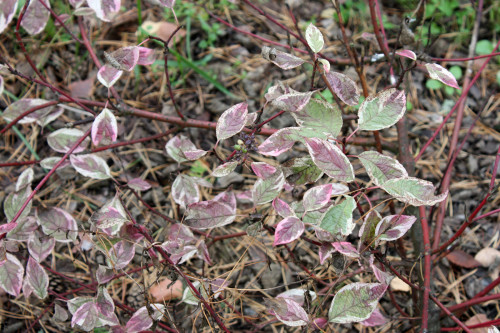












 Start a discussion ...
Start a discussion ...